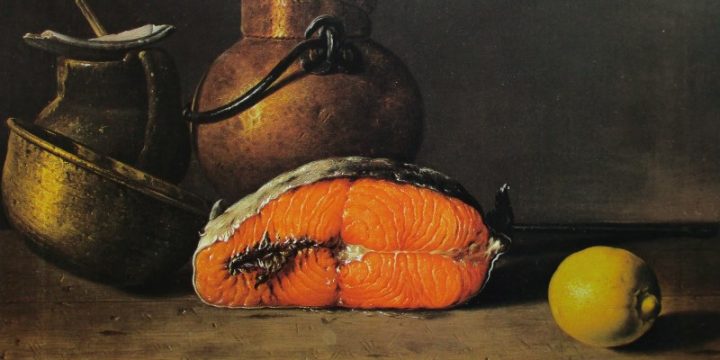
Antonio Moro
Visiting the Prado Museum anytime is certainly one of the benefits of buying the yearly subscription for the national Museums. One can go there to watch a work in particular or to poke around the bookshop without paying any entrance costs. Today I am heading to one of my favourite halls, the one where the portraits done by Van Dyck are displayed. Anyway, I am well aware of my true motive: standing in front of the outstanding painting of María de Inglaterra (Mary of England) by Antonio Moro, 1517-1576, (whose real name is Anthonis Moor Van Dashort), the most amazing portraitist in the Flemish School for the whole 16th century. Mary, with her stern, intelligent and piercing eyes make us feel a bit uneasy, the thin pursed lips slightly unveiling…


